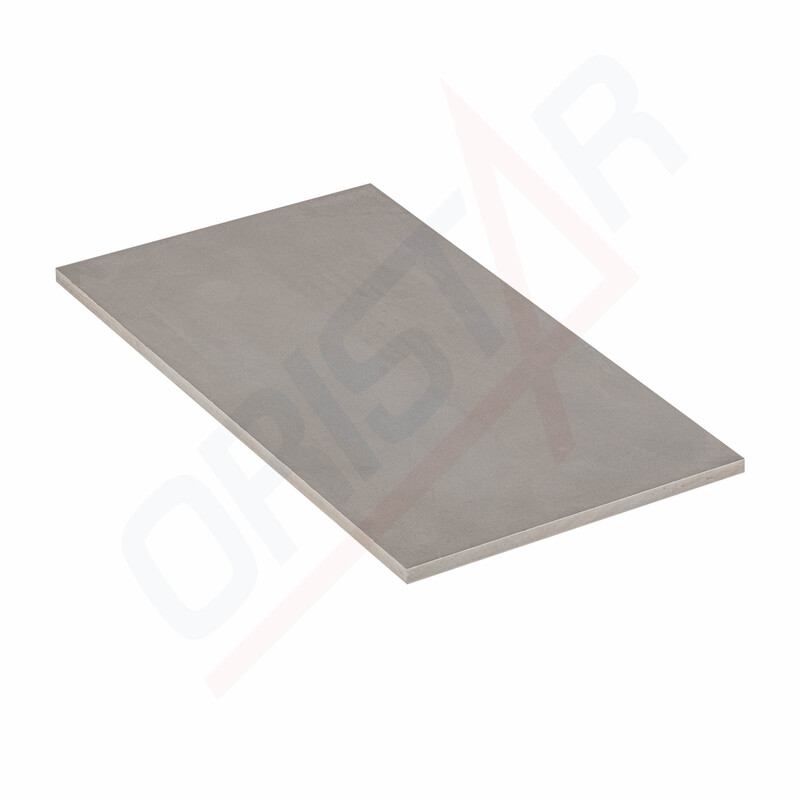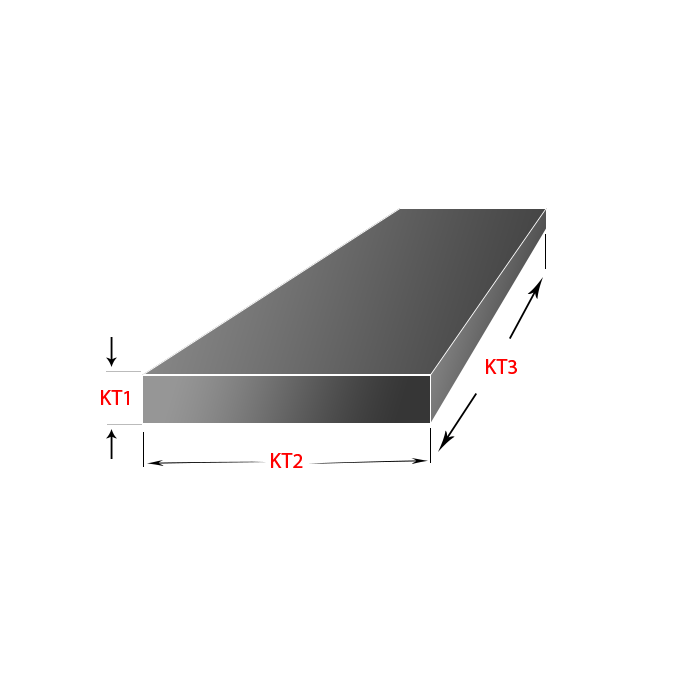THÔNG TIN CƠ BẢN
N695 Stainless Steel is a high-performance stainless steel commonly used in applications requiring excellent wear resistance and high strength. This type of steel is part of the austenitic-martensitic group, offering a good balance of hardness, strength, and corrosion resistance.
Key Characteristics of N695 Stainless Steel:
- Chemical Composition:
- Chromium (Cr): Approximately 14-15%, providing corrosion resistance.
- Nickel (Ni): Around 0.7-1%, enhancing mechanical properties and heat resistance.
- Molybdenum (Mo): Approximately 0.5-1%, improving resistance to corrosion in acidic and chloride environments.
- Carbon (C): About 0.6-0.75%, increasing hardness and strength.
- Manganese (Mn): Around 0.5-1%, improving machinability and mechanical properties.
- Silicon (Si): About 0.5%, enhancing corrosion resistance.
- Physical Properties:
- Corrosion Resistance: N695 offers good corrosion resistance, particularly in acidic and chloride environments, due to its chromium and molybdenum content.
- Hardness and Strength: This steel provides high hardness and strength due to its high carbon content while maintaining ductility.
- Machinability: N695 can be machined relatively easily, though appropriate cutting tools are necessary to achieve a high-quality surface finish.
- Applications:
- Tool Manufacturing: Used in the production of cutting tools, knives, and components requiring high hardness and wear resistance.
- Aerospace Industry: Applied in high-strength, corrosion-resistant parts and components.
- Medical Field: Utilized in medical instruments and devices requiring resistance to corrosion and high durability.
- Oil and Gas Industry: Employed in components that endure high stress and wear in harsh environments.
Manufacturing and Processing:
- Production Process: N695 steel is produced through a precise metallurgical process, including casting, forging, and heat treatment to achieve optimal mechanical properties and corrosion resistance.
- Fabrication: It can be machined using methods such as turning, milling, and drilling, maintaining high precision and excellent surface finish.
(Source: Internet)
Key Characteristics of N695 Stainless Steel:
- Chemical Composition:
- Chromium (Cr): Approximately 14-15%, providing corrosion resistance.
- Nickel (Ni): Around 0.7-1%, enhancing mechanical properties and heat resistance.
- Molybdenum (Mo): Approximately 0.5-1%, improving resistance to corrosion in acidic and chloride environments.
- Carbon (C): About 0.6-0.75%, increasing hardness and strength.
- Manganese (Mn): Around 0.5-1%, improving machinability and mechanical properties.
- Silicon (Si): About 0.5%, enhancing corrosion resistance.
- Physical Properties:
- Corrosion Resistance: N695 offers good corrosion resistance, particularly in acidic and chloride environments, due to its chromium and molybdenum content.
- Hardness and Strength: This steel provides high hardness and strength due to its high carbon content while maintaining ductility.
- Machinability: N695 can be machined relatively easily, though appropriate cutting tools are necessary to achieve a high-quality surface finish.
- Applications:
- Tool Manufacturing: Used in the production of cutting tools, knives, and components requiring high hardness and wear resistance.
- Aerospace Industry: Applied in high-strength, corrosion-resistant parts and components.
- Medical Field: Utilized in medical instruments and devices requiring resistance to corrosion and high durability.
- Oil and Gas Industry: Employed in components that endure high stress and wear in harsh environments.
Manufacturing and Processing:
- Production Process: N695 steel is produced through a precise metallurgical process, including casting, forging, and heat treatment to achieve optimal mechanical properties and corrosion resistance.
- Fabrication: It can be machined using methods such as turning, milling, and drilling, maintaining high precision and excellent surface finish.
(Source: Internet)



